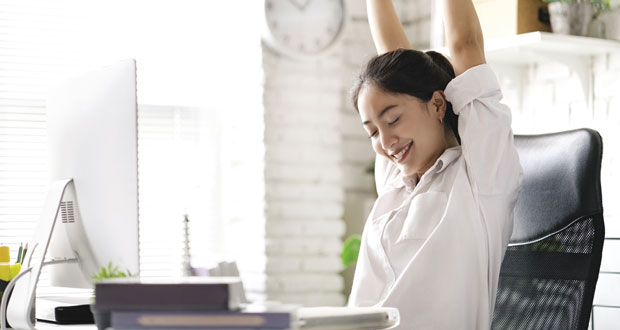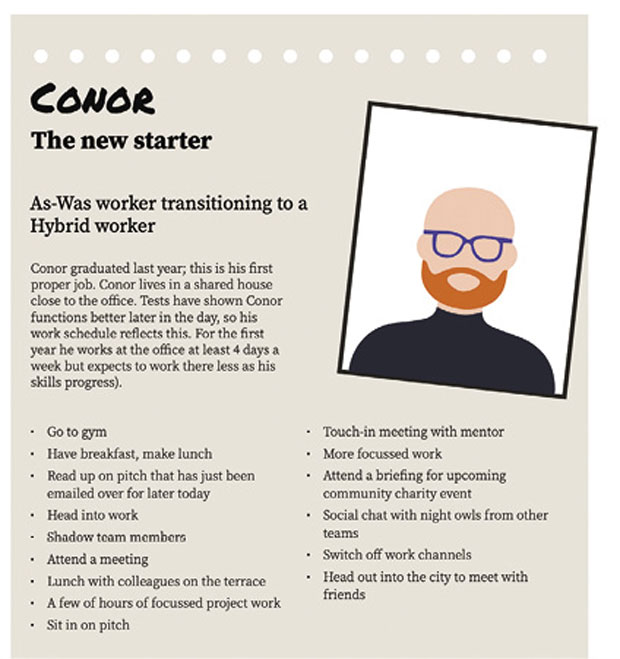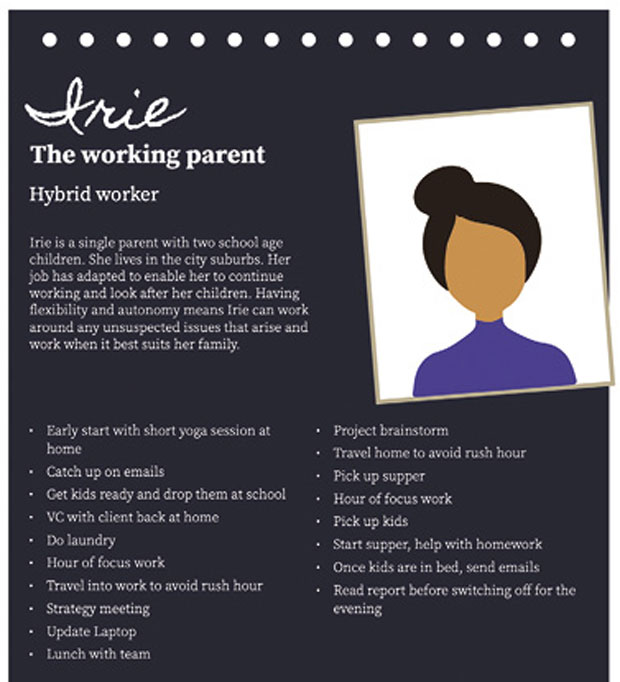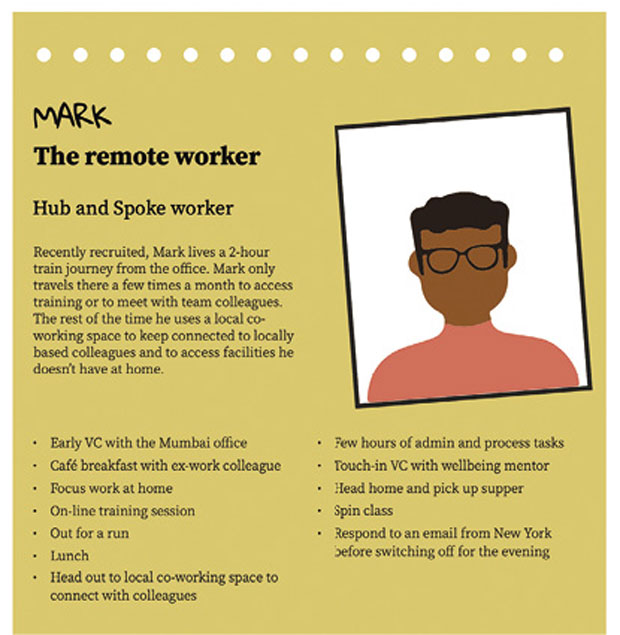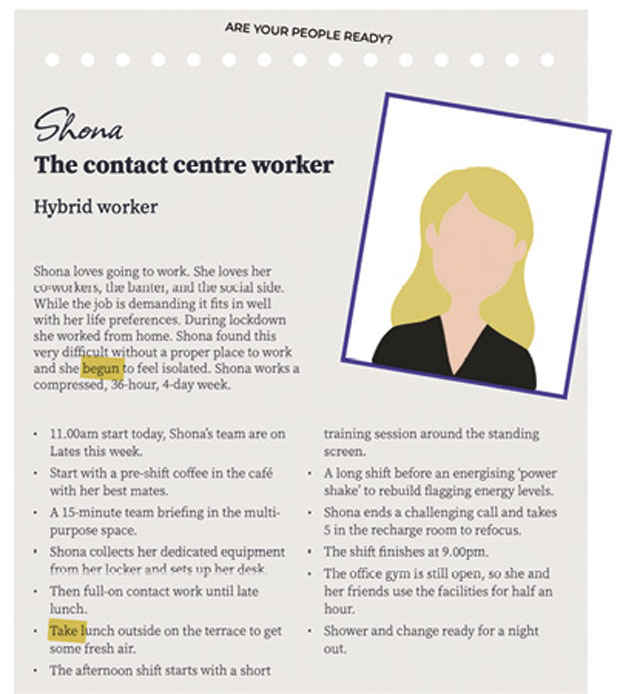Patrick Ames, Director of Claremont suggests we need to look to individual personas to create ergonomic, desirable and efficient workplaces
After 20 months of unprecedented change – businesses are fast realising the need to reinvent the workplace. The saying ‘we’re all in the same storm but not the same boat’ resounded throughout the pandemic and it put the focus squarely on the validity of personal experience. No longer a homogenous mass of people with the same needs – we are a distinct set of individuals users, each with our own working wants and habits.
According to the International Ergonomics Association: “Ergonomics is the scientific discipline concerned with the understanding of interactions among humans and other elements of a system, and the profession that applies theory, principles, data and methods to design in order to optimise human wellbeing and overall system performance.”
In order to optimise human wellbeing we need to focus on the individual needs of workers. Here, Patrick Ames, Director of nationwide interior design and build practice Claremont, introduces four personas whose behaviours are typical of those shaped by the pandemic and highlights how FMs can use these to curate ergonomic, desirable and efficient workplaces.
MEET CONOR, IRIE, MARK & SHONA
Our own consulting experience has allowed us to translate the experiences of the last year into four typical employee personas – new starter Conor , working parent Irie, contact centre worker Shona and remote worker Mark.
For Irie, greater flexibility trumps the typical nine to five and allows her to make her parental and work responsibilities fit together seamlessly. Shona’s desire for sociability and belonging in the office is shared by Mark. Shona experiences this in a centralised office with some regularity, while Mark is more likely to visit a local coworking space than head office. For Conor, a newcomer to the working population, the expectation is he’ll become a hybrid-worker in time. For now he’s using the office to facilitate learning and forge connections with others.
These personas highlight how very different the ideal work experience is for each of us. It’s clear that nine to five no longer suits everyone, being with others is a shared requirement and that individuals’ needs ebb and flow (often in correlation with their home lives) so the act and place of work must do the same. Perhaps most crucially, it shows what the office has to become and where its value lies. It has to provide variety.

